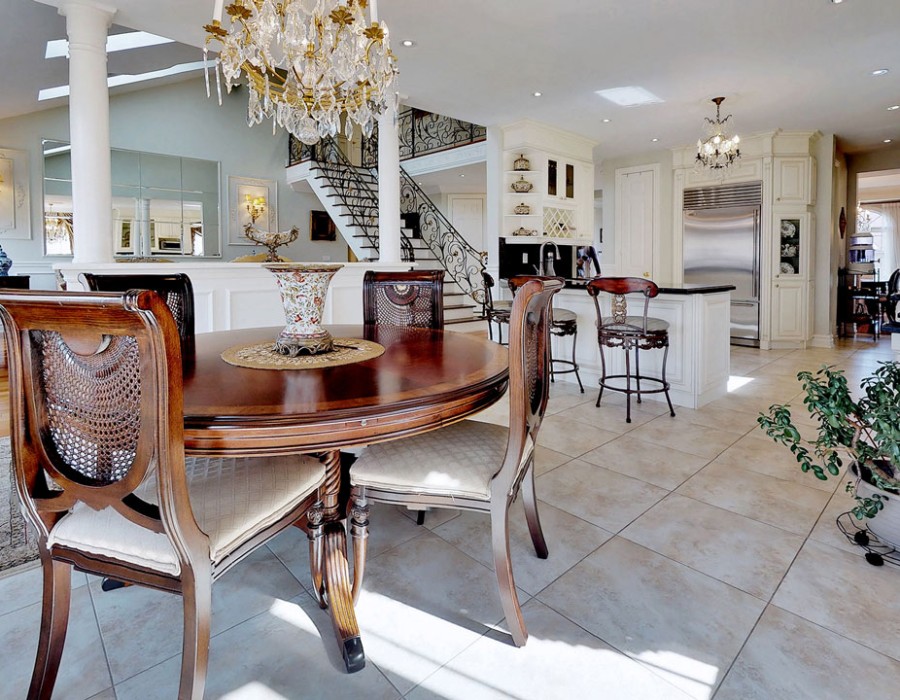In the realm of real estate, first impressions matter. Potential buyers and renters seek a comprehensive understanding of a property before making a decision. Enter 3D house photography, a revolutionary technology that offers immersive and realistic experiences for showcasing homes. This article explores the growing trend of 3D house photography and its impact on the real estate industry, highlighting the benefits it brings to both buyers and sellers.
Capturing the Essence of a Home:
3D house photography goes beyond traditional 2D images by creating a virtual tour of the property. Utilizing advanced cameras and software, photographers capture every nook and cranny of a house, allowing potential buyers to explore it from the comfort of their own homes. This technology provides a true sense of space, enabling viewers to visualize themselves within the property and evaluate its suitability to their needs.
Immersive Virtual Tours:
With 3D house photography, potential buyers can take virtual tours of properties, engaging in a highly interactive experience. They can navigate through rooms, zoom in on details, and even get a 360-degree view of each space. This level of immersion enhances the buyer's understanding of the property's layout, design, and overall ambiance. It saves time and eliminates the need for multiple physical visits, making the property search process more efficient.
Accurate and Detailed Representation:
3D house photography ensures that every aspect of a property is captured with precision. High-resolution images, accurate measurements, and detailed floor plans provide potential buyers with a comprehensive understanding of the space. They can assess room sizes, view architectural features, and plan their furniture placement virtually. This accuracy reduces the likelihood of surprises and disappointments when visiting the property in person.
Time and Cost Savings:
For sellers, 3D house photography offers significant advantages in terms of time and cost savings. With virtual tours available online, potential buyers can pre-screen properties before scheduling physical visits, ensuring that only genuinely interested parties request in-person tours. This streamlines the selling process, minimizing disruptions to the seller's schedule. Additionally, by reducing the number of physical visits, sellers save on staging expenses and can focus on serious buyers.
Global Reach and Market Expansion:
3D house photography transcends geographical barriers, allowing properties to be showcased to a wider audience. Interested buyers from different cities or even countries can explore properties remotely, expanding the market potential for sellers. This technology has been particularly useful in the luxury real estate market, where international buyers can assess properties without the need for extensive travel.
Industry Advancements and Integration:
As 3D house photography gains popularity, the real estate industry is evolving to integrate this technology seamlessly. Real estate websites and platforms now feature dedicated sections for virtual tours, making it easier for buyers to access and evaluate properties. Additionally, advancements such as augmented reality (AR) and virtual reality (VR) are being incorporated into 3D house photography, further enhancing the immersive experience for potential buyers.
The emergence of 3D house photography has transformed the way properties are presented in the real estate market. By providing immersive virtual tours, accurate representations, and saving time and costs for buyers and sellers alike, this technology has become an invaluable tool in the industry. As technology continues to advance, we can expect further innovations in 3D house photography, ultimately revolutionizing the way homes are bought and sold.
For More Info:-
3D House Photography in Toronto






Comments